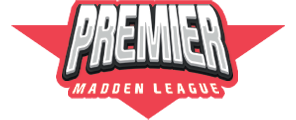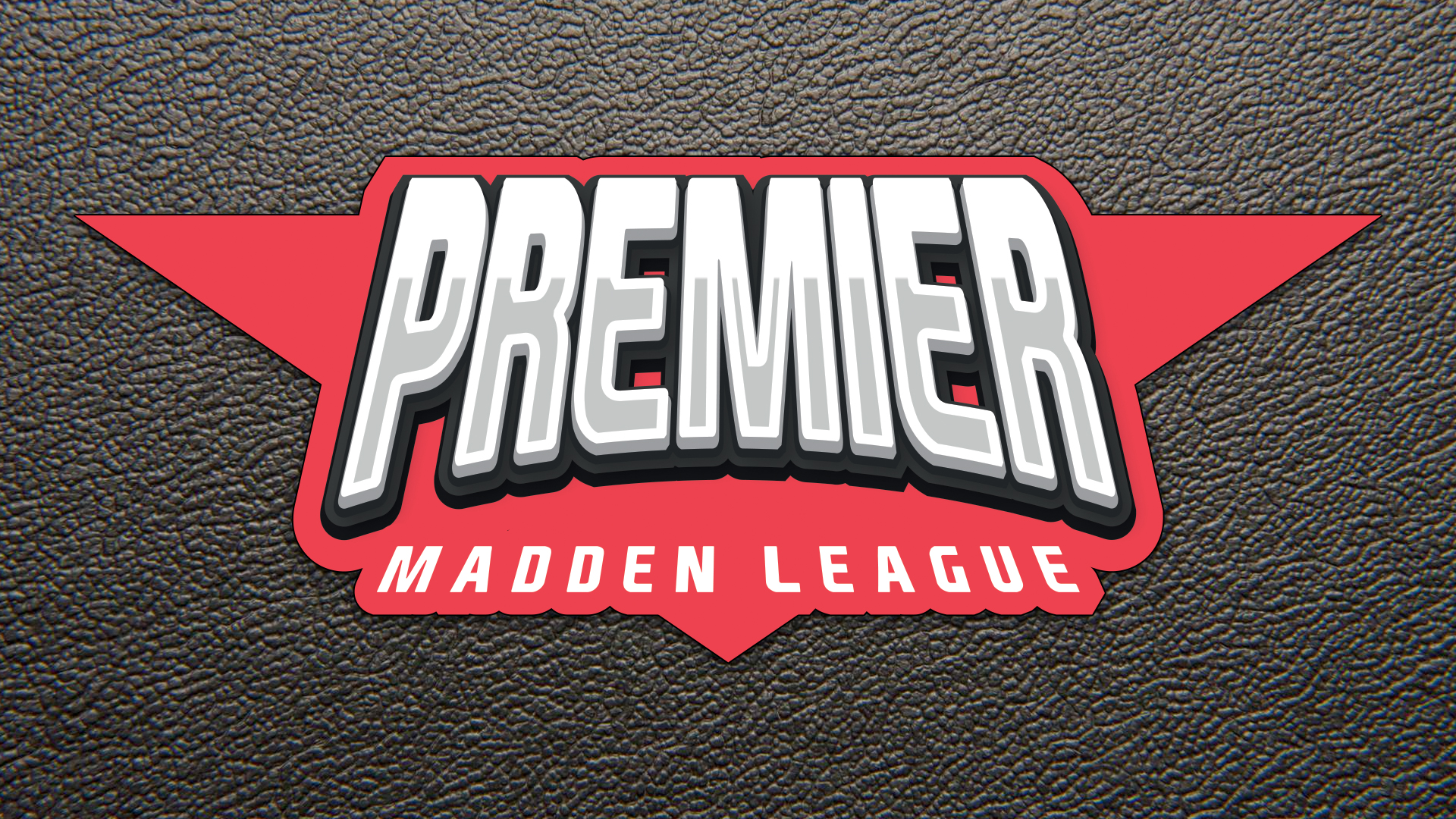The Short Version
PML is a great league, there’s no questioning that. Exploits and egregiously unrealistic actions hurt PML more than any harsh rule could, but my point is about more than a line to draw. My point is that what was expected 20 years ago, from stat lines to roster building, is different than 10 years ago which is different than 5 years ago, and even from year to year the real NFL goes through numerous changes. PML should reflect that teams’ expectations, outputs, and actions shift from season to season and week to week depending on countless factors.
My hope is that we can have a more adaptive and dynamic definition of simulation football, that lets the unexpected and rare moments we know and love in the NFL, occur in PML without repeated unnecessary controversy. Sim is the right way to run this league, and I agree with the vast majority of rules we have, I just far too often see people complaining over trivial instances and there are moments I agree our league has overstepped. We can be better with our rules for staying realistic both during gameplay and while putting together our rosters through trading, free agency, the draft, and more. I want to expand ‘Sim’, not change it, context is key!
The Long Version
PML is a standout in the world of sports and video game communities. It has become more than just a Madden league, it’s a gathering of people who share a genuine love for football, whether they play Madden daily or only for PML or PCL. Some have even stopped playing video games entirely, yet they still return to PML just to chat and be part of the community. PML is a family built on the common passion for football, and that’s what makes it special.
But even in such a great league, there’s room for improvement, particularly in how we define and apply the concept of “simulation football.” Our current perception of what it means to play “sim” has led to a growing number of disputes, frustrations, and, in some cases, a loss of that communal love for the game. A more expansive, adaptive definition of sim could restore harmony and excitement to PML while ensuring it remains as realistic and dynamic as the NFL it seeks to emulate.
The Evolution of Football and Simulation
Personally, I want PML to be as sim as possible (I know I fail sometimes). There’s something deeply satisfying about playing the game in a way that reflects the realities of the NFL. However, as the real sport evolves, so too should our understanding of what constitutes sim. Football is constantly changing. Twenty years ago, a team’s roster construction, strategy, and statistical output looked very different from what it does today. Even within the last five to ten years, the NFL has undergone numerous changes that have affected how teams play the game, from the rise of dual-threat quarterbacks to the ever-increasing focus on analytics. It’s hard to imagine Saquon Barkley went 2nd overall in the draft less than 10 years ago and while Bijan Robinson and Jahmyr Gibbs were first-rounders, no RB could be caught dead top 3 anymore. Contrarily, running backs in PML have high value despite many PML members catching on to real life and not putting resources into the RB position.
Consider the 2000s, when those run-heavy offenses were more common, and defenses were allowed to play a much more physical brand of football. The stat lines, game strategies, and roster-building philosophies of that era were reflective of the league’s norms at the time. Fast-forward to the 2010s, and you see the rise of pass-heavy offenses and the diminishing importance of running backs, along with rule changes that limit the physicality of defense. By the mid-2010s, NFL teams were throwing more, running fewer predictable formations, and becoming more creative with their schemes. Now, in the 2020s, the sport is once again evolving, with increased usage of hybrid players and motion, heavy reliance on analytics for decision-making, and unprecedented roster turnover. These shifts should be mirrored in PML if we aim to stay true to the “simulation” part of sim football.
However, PML’s current rules and interpretations often reflect a more rigid view of what football is. What was considered realistic a decade ago is no longer relevant, and our league’s understanding of “sim” hasn’t always kept pace with those shifts. What worked in PML years ago might not work today because the NFL itself has changed. Teams now take more risks, adapt faster, and make moves that defy traditional expectations, think of the unpredictable nature of trade deadlines, where marquee players are traded for pennies on the dollar, or of the prevalence of unique formations, personnel decisions, and motion which Madden can’t even reflect quite yet.
Yet, in PML, there’s often pushback when a team does something unorthodox, even if that move reflects what’s happening in the real NFL. For instance, trading players that have expiring contracts or don’t have much left to give or players that need a change of scenery for late draft picks is seen as unrealistic by PML, but it’s exactly what has happened in recent years from:
L’Jarius Sneed to Joe Mixon to Keenan Allen to Justin Fields. When PML restricts these actions too much, looking purely at MyMadden value instead of dynamic factors, we limit the potential for the league to reflect the true dynamism of the NFL. I’d even argue this emphasis on MyMadden’s value makes all trades less even as it ruins the negotiation process and leaves many players overvalues and many undervalued with very few accurately graded.
The Problem with Over-Policing Sim Rules
The intention behind PML’s strict rules is to prevent exploits and maintain realism, but the over-policing of sim rules often leads to unnecessary conflicts. Some members seem more focused on hunting for violations and than enjoying the game. And while it’s important to protect the integrity of the league, the strict adherence to certain rules sometimes feels like it’s taking away from the fun and fluidity that should come with playing football, whether it’s virtual or real.
For example, we’ve seen complaints arise over something as trivial as a 4th and 5 in opponent territory because of the rulebook’s wording. The issue isn’t necessarily the intent behind the rules but rather the rigidity with which they are used. Black and white seems like the right protocol, but it takes away all of the context in a given situation. Not every unconventional play or surprising roster move is a violation of being sim; often, it’s just reflective of the kind of creativity we see in the NFL every Sunday. The real NFL is full of rare, unexpected moments that keep the sport exciting. Teams make improbable comebacks, execute bold trades, or run plays that go against conventional wisdom, and they do so successfully.
When PML over-regulates these types of moments, we create an environment where coaches and players are discouraged from experimenting or thinking outside the box. This leads to games feeling stale or overly predictable, which ironically detracts from the simulation experience. By season 4, most of the league slows down content, then chat activity, and PML gets trapped in a cycle where interest is dictated by Madden instead of by our intense immersion. Simulation football should allow for those unexpected, rare moments that make the NFL so captivating. Let it be “Any Given Sunday” not just for the matchup between teams but for each player. Instead, we’ve sometimes turned sim into a set of rigid expectations that leave no room for creativity or variation, ultimately sucking the joy out of playing.
Expanding Sim to Match the Real NFL
We need to expand the definition of sim to reflect the evolving nature of football. The NFL is a league where rules change yearly, strategies shift constantly, and what’s considered normal today might be obsolete tomorrow. The same should be true in PML. If the real NFL can adapt to new trends, technologies, and ideas, why shouldn’t PML do the same?
Expanding the definition of sim doesn’t mean getting rid of rules, it means creating a more flexible framework for interpreting and applying them. This could mean adjusting those rules to allow for more individual decision, or it might mean rethinking trade and roster-building systems to allow for moves that reflect modern NFL team-building strategies and high roster turnover. My point isn’t to get rid of rules, it’s just to allow more room for error and flexibility in a sport where nothing ever goes as expected. I also want to place a lot of blame on Madden itself, PML is the best because of our systems and immersion. Madden’s faults are the reasons for our rules, I just think we can make our rules better.
Ultimately, expanding our definition of sim will lead to fewer unnecessary controversies and more room for creativity and innovation within the league. A more adaptive, nuanced approach to simulation football will allow PML to stay realistic while preserving the fun and excitement that drew us all to the league in the first place. Sim is the right way to run this league, and I agree with the vast majority of rules we have, but there’s room for improvement. Too often, we find ourselves bogged down in debates over trivial infractions, and that’s not the way to foster a healthy, thriving community.
In the end, we all want the same thing: for PML to continue being the best Madden league out there. By expanding the definition of sim, we can ensure that PML remains true to the spirit of football—dynamic, unpredictable, and full of surprises—without sacrificing the realism that makes it special. We are never going to be the NFL and truly sim, let’s not let black and white rules get in the way of the joy of the game.


